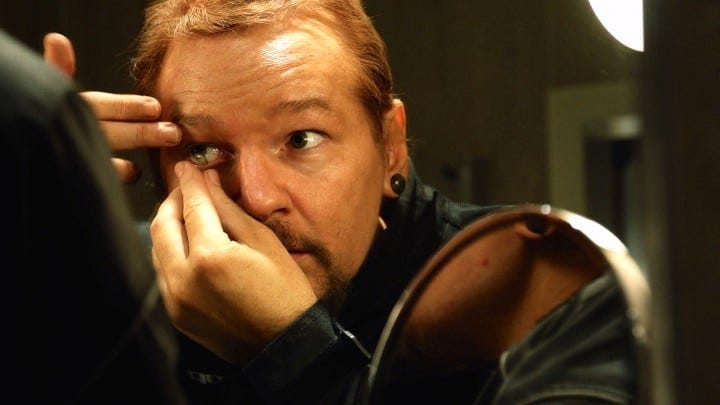Field of Vision Is Off To a Bold Start With Its Redefinition of Documentary Journalism

The most intriguing new venture to hit the nonfiction film community in some time took its first bow at the New York Film Festival last weekend. Field of Vision, a “filmmaker-driven documentary unit,” is the brainchild of curator Charlotte Cook and filmmakers Laura Poitras (Citizenfour) and AJ Schnack (Caucus). The trio brought six of the planned 40–50 …
Keep reading with a 7-day free trial
Subscribe to Nonfics to keep reading this post and get 7 days of free access to the full post archives.



